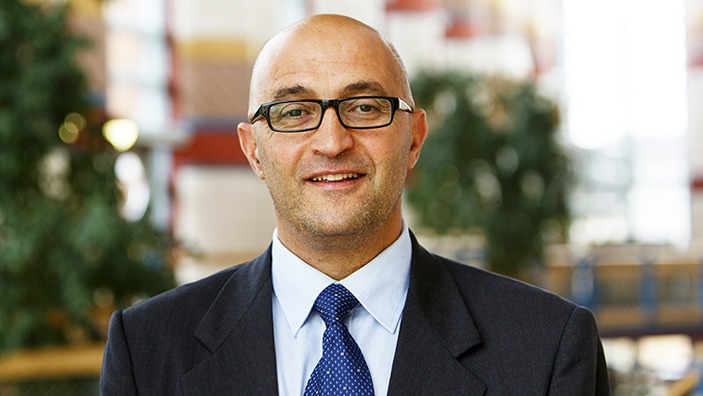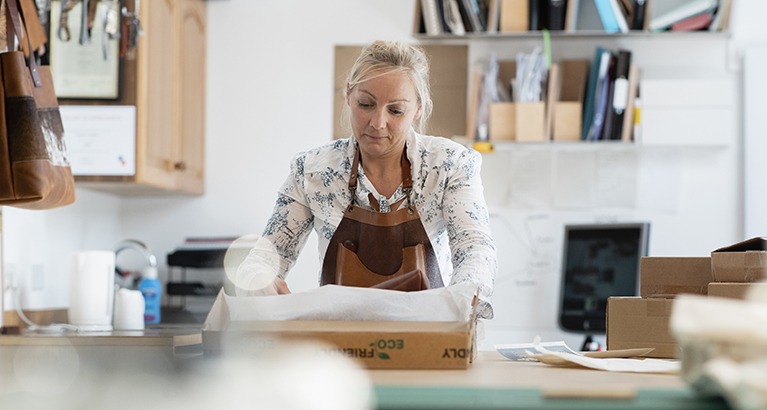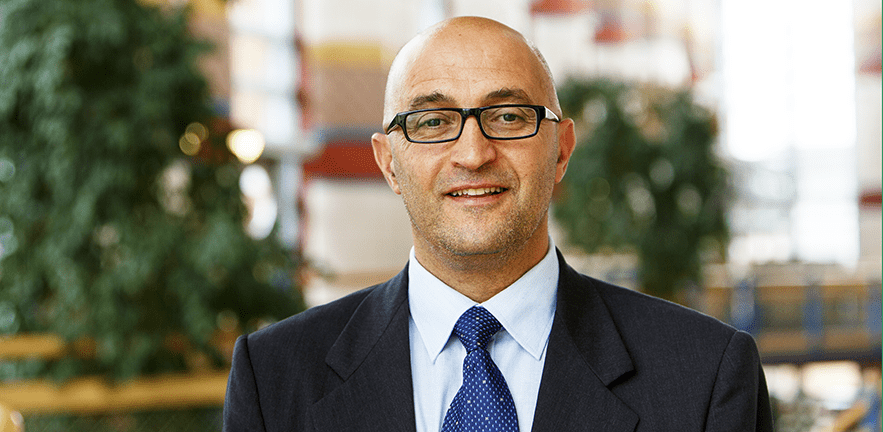There are 4 key techniques that companies can use to reduce waste as part of global efforts to reduce carbon emissions and enhance sustainability, according to research from the Circular Economy Centre at Cambridge Judge Business School.
Net zero emissions and circularity go hand in hand. About half of global emissions are linked to production and consumption of goods such as food, packaging, buildings and textiles, so we must rethink how we source material and services, how customers use products, and what happens to goods at the end of their life.
Extend, reclaim, maximise and minimise are keys to sustainability
The 4 models identified by the Circular Economy Centre are, in shorthand:
- extend (use longer)
- reclaim (use again)
- maximise (use differently)
- minimise (use less)
This blueprint for circular-based sustainability is outlined in MIT Sloan Management Review, in an article authored by Samsurin Welch (PhD 2017), a Research Associate at the Circular Economy Centre at Cambridge Judge and a PhD graduate of the Business School, as well as a Senior Associate at the Cambridge Institute for Sustainability Leadership, and by Khaled Soufani, Management Practice Professor of Financial Economics and Policy at Cambridge Judge, who is Director of the Circular Economy Centre and Director of the Executive MBA programme at the Business School.
“There are clear cost and other advantages to companies in pursuing circular economy models, but such practices remain uncommon because firms struggle with the how, identifying suitable operating models that fits their needs and operations”, says co-author Samsurin Welch, a graduate of Cambridge Judge’s doctoral programme. “The 4 techniques identified are designed to help organisations adopt a circular model, and these techniques are based on research carried out at the Circular Economy Centre involving a range of organisations that have successfully implemented these approaches”.


A closer look at 4 key circular economy models
1
Use longer: extend product lifespan
The usable life of products can be maximised through reuse, repair, refurbishment or resale of goods, as this reduces both waste and the carbon-emissions needed to produce new products.
“The key here is that customers have become used to the benefit of new products, so firms need ways to convince customers that refurbished or otherwise circular-based products are not only more sustainable but also sound, useful and good value”, says Khaled Soufani. “This includes making sure circular products are also functionally, aesthetically and economically appealing to customers.
Products need to be designed for longevity including durability and easy repair through standard tools rather than specialist equipment. An example of this identified by the Circular Economy Centre is the Ministry of Defence in the Netherlands, which designs uniforms that can be easily cleaned and repaired to extend their use – such as replacement of damaged sleeves without having to replace an entire garment.
“This not only reduced waste but also led to an annual savings of 8-10 million euros that would have been spent on new purchases and disposal”, says the research.
Similarly, smartphone manufacturer Fairphone designs phones with modular components that can be easily swapped, so customers desiring a better battery or camera can upgrade those functions rather than buying an entirely new phone.
2
Use again: reclaim and regenerate resources
This involves different techniques in dealing with technical resources (such as plastics, metals and synthetic chemicals) and biological resources (such as wood, cotton and other animal- or plant-based materials).
“Because biological resources are in principle renewable, the focus should be on recovering and reusing nutrients to regenerate natural systems and ensure sustainable production”.
Regarding technical materials, some such as copper, lithium and aluminium could be used over and over again if properly recycled, while others like plastic packaging usually has limited reuse – though UK manufacturer Charpak uses recycled plastic as raw material in packaging products that are themselves recyclable.
Designing products with recycling in mind is key to this second technique, such as the choice of materials. Many products are also not easily recycled because they are composed of a mix of materials (such as synthetic and natural fibres in textiles) that need to be handled differently. In the built environment, the European Union-funded initiative Buildings as Material Banks combats this problem by designing buildings for easy disassembly, which makes recycling easier and less costly.
3
Use better: maximise product use
People have traditionally owned products, whether it be an automobile or a musical recording, but customers increasingly do not feel the need to own products if they can still fulfil their needs leasing, renting or sharing them efficiently. This also allows some consumers access to products they couldn’t afford to own outright.
Such approaches include short-term car rental through Zipcar, designer clothing rental through Rent the Runway, or farm equipment through Hello Tractor that allows little-used machinery to be shared among various farmers. A similar approach is products-as-a-service in which customers pay based on usage for services such as lighting equipment for buildings.
Providing a service does not automatically make the offering circular – firms still need to build circularity into their products and supply chains. Retaining management and ownership of their products makes it easier for firms to optimise, repair, refurbish and eventually recycle items, while still serving their customers’ needs. This model also brings other benefits such as deeper customer relationships or valuable product usage data.
4
Use less: minimise resource use
Techniques for minimising the use of materials, energy and water in operations include lean manufacturing principles in which the same value can be delivered using fewer materials, such as in LED lighting and optimised heating systems. In addition, shared offices and equipment use can reduce the use of space and energy needed.
Packaging is a key focus area in reducing resource use and waste. Major supermarkets such as Tesco and Waitrose in the UK have removed plastic wrapping from some multipack food and beverage items. Everyday products such as liquid laundry detergent can be made more circular through production in concentrated or tablet form, reducing size and weight of shipping and storing.
“IKEA reduced food waste by 54% in its in-store restaurants by using smart scales and AI to track and analyse food waste. IKEA also partnered with food platform Too Good to Go to further reduce food waste through selling its surplus at discounted prices”, the research says, saving the company millions of dollars.
How companies can successfully implement the 4 models
The Circular Economy Centre’s research identified several key factors in whether companies can successfully adopt these 4 basic circularity techniques.
These include whether the techniques chosen form a strategic fit with the firm’s business strategy, brand ethos, and core strengths and values. “A chosen model should enhance both sustainability and profitability”, the authors say. “For example, a luxury brand should provide premium retail experiences for resale, repair, or refurbished offerings”.
The Circular Economy Centre’s research has also found that successful circularity must go beyond specific initiatives to also encompass an organisation-wide mindset driven by committed leadership.
“The 4 models – use less, use longer, use again, and use differently – are not mutually exclusive and should be combined to create viable circular offerings”, the research concludes. “The circularity transformation should be approached as a journey of learning and iteration. The winning circular models are often not obvious, emerging through experimentation and engagement with customers, suppliers, and other stakeholders. Explore what works and what doesn’t, and adapt strategies based on these findings”.
Featured academics
Khaled Soufani
Management Practice Professor of Financial Economics & Policy
Samsurin Welch
Associate, Circular Economy Centre
Related content
An MIT Sloan Management Review research feature article entitled “Find a circular strategy to fit your business model” outlines the blueprint of the approach for circular-based sustainability.





